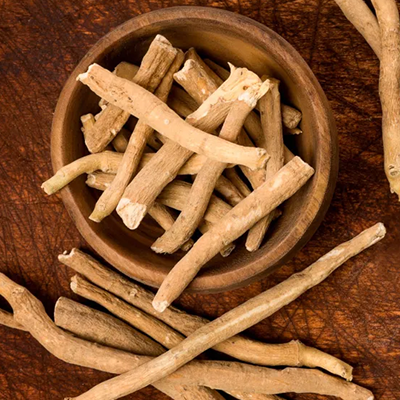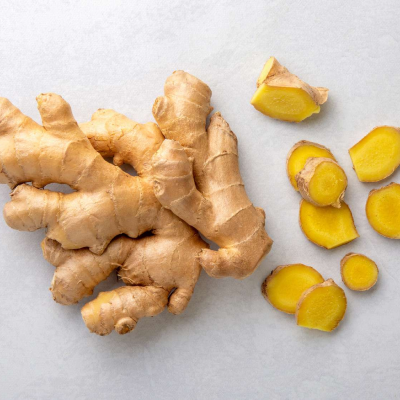- +033 2572 7171
- info@dhanvantary.com

4.5 Rating | 4500 Review

4.5 Rating | 4500 Review
Chest pain is a common symptom that can range from a mild discomfort to a severe, sharp pain in the chest area. It may be felt anywhere from the neck to the upper abdomen and can radiate to other areas, such as the arms, back, or jaw. Chest pain is significant because it can indicate a variety of underlying medical conditions, some of which may be life-threatening, such as a heart attack.

Chest pain may feel differently depending upon the underlying cause. For instance:
Usually in case of heart attack or angina pectoris.
As in Pleuritis or Pneumothorax
chest pain can radiate to other areas, like the left arm, neck, jaw, shoulder, or back, which is often seen in heart-related.
Pulmonary Embolism or Angina
Differentiating between heart-related chest pain and non-heart-related chest pain can be challenging, but there are some key differences based on characteristics, associated symptoms, and triggers. Here’s a comparison to help understand these differences:
| Nature of pain | Pressure, tightness, squeezing | Sharp, stabbing/ dull or localized |
| Location | Centre or left side of chest , radiating | Localised to a specific area |
| Duration | Several minutes, may come and go | Variable , may depend on movement or activity |
| Triggers | Physical exertion, stress, rest | Variable depending on movement and act |
| Relief factors | Generally does not improve with change in position | Often improves with position change |
| Associated symptoms | Shortness of breath , sweating, nausea | Varies, e.g. burping or tendersness |
Chest pain could indicate serious heart-related conditions, such as a myocardial infarction (heart attack), angina, pericarditis, or aortic dissection.
Chest pain can also be associated with respiratory issues like pulmonary embolism, pleuritis, or pneumonia.
Conditions like gastro-esophageal reflux disease (GERD) and esophageal spasms may also cause chest pain
Muscle strain or costochondritis (inflammation of the cartilage connecting the ribs to the breastbone) can also present as chest pain

A traditional blend of ten roots, Dashamoola has anti-inflammatory and analgesic properties that help calm Vata and alleviate sharp, spasmodic pain.

Known for its adaptogenic qualities, Ashwagandha can reduce Vata aggravation and calm the nervous system, helping with chest pain due to anxiety or stress.

Amla is cooling and highly effective for Pitta-related discomfort, particularly heartburn and acid reflux that can cause chest pain.

This herb soothes the mucous membranes of the esophagus and stomach, reducing burning sensations and Pitta-related chest pain.

Pippali stimulates digestion and clears mucus, making it helpful for congestion in the respiratory system that causes a sense of heaviness in the chest.

This herb is beneficial for respiratory health, reducing chest congestion, easing breathing, and relieving Kapha-related chest pain.

Mix ginger juice with a little honey and consume to relieve Vata- and Kapha-related chest pain.
Consult with an Ayurvedic practitioner before beginning any herbal regimen, especially if there are any existing health conditions, or if symptoms suggest a more serious cause of chest pain, such as cardiac issues.
